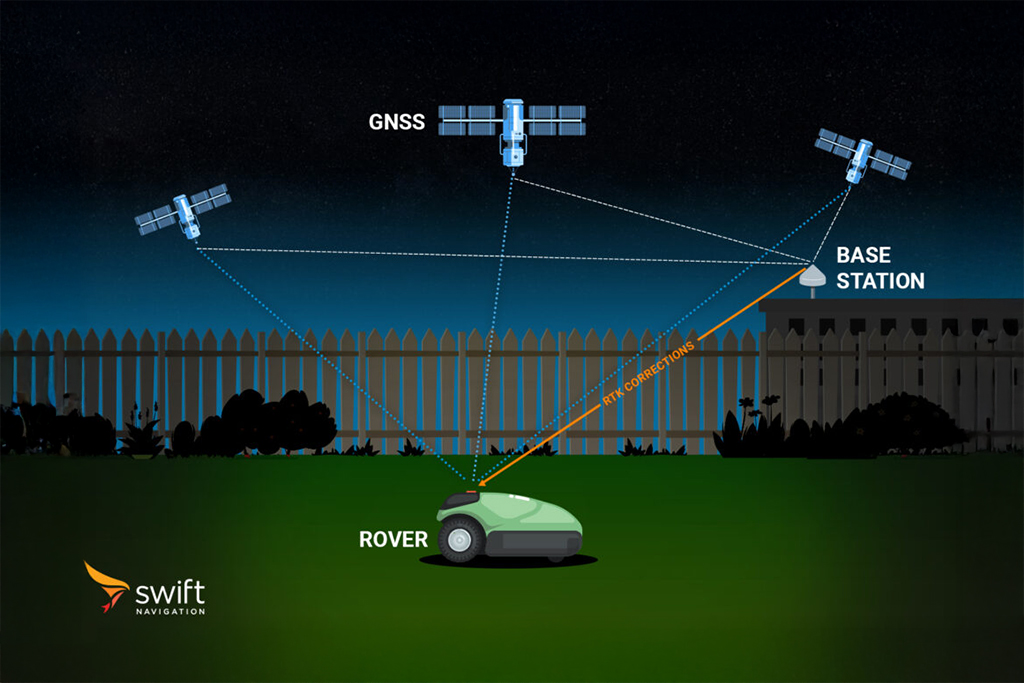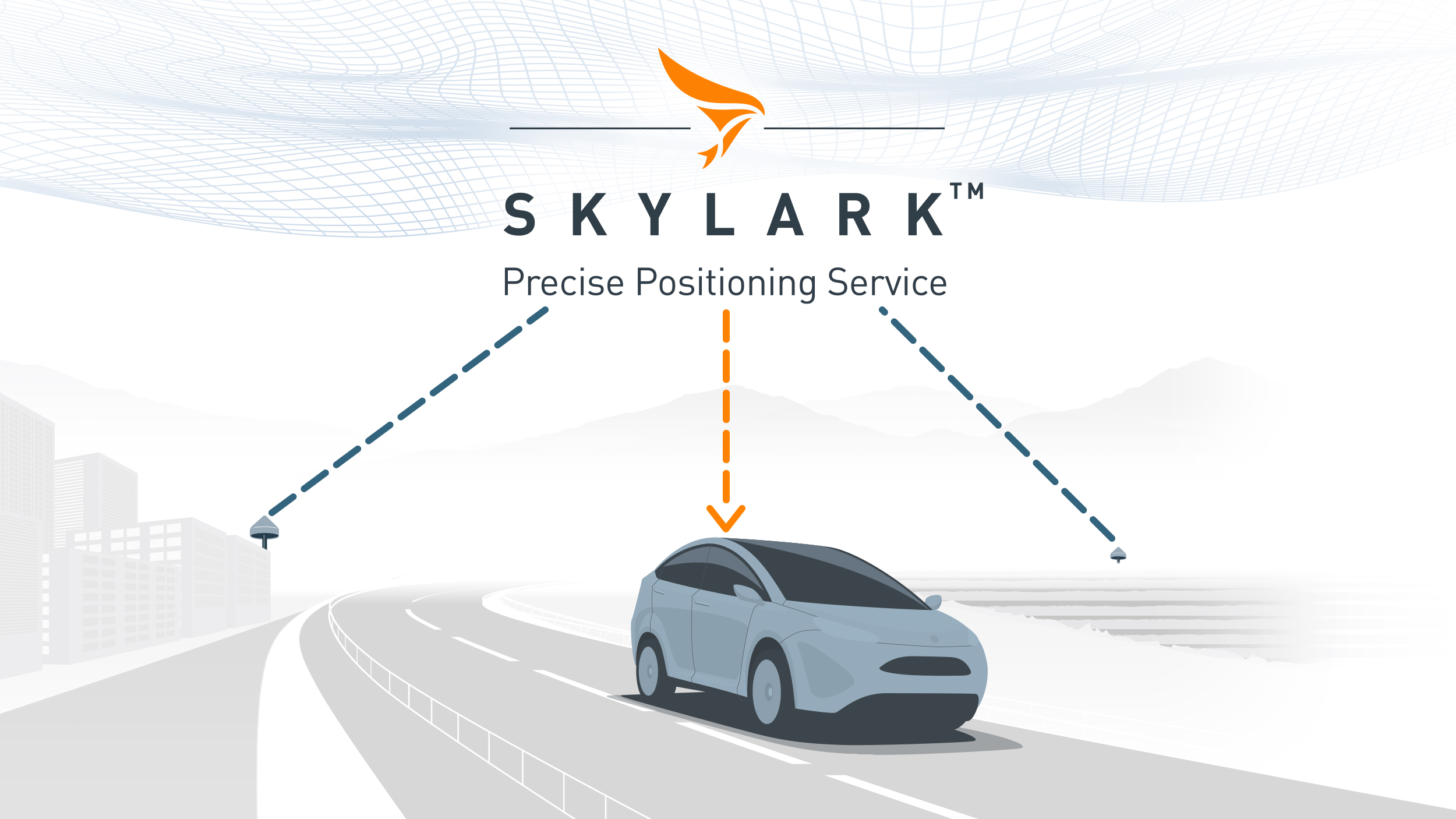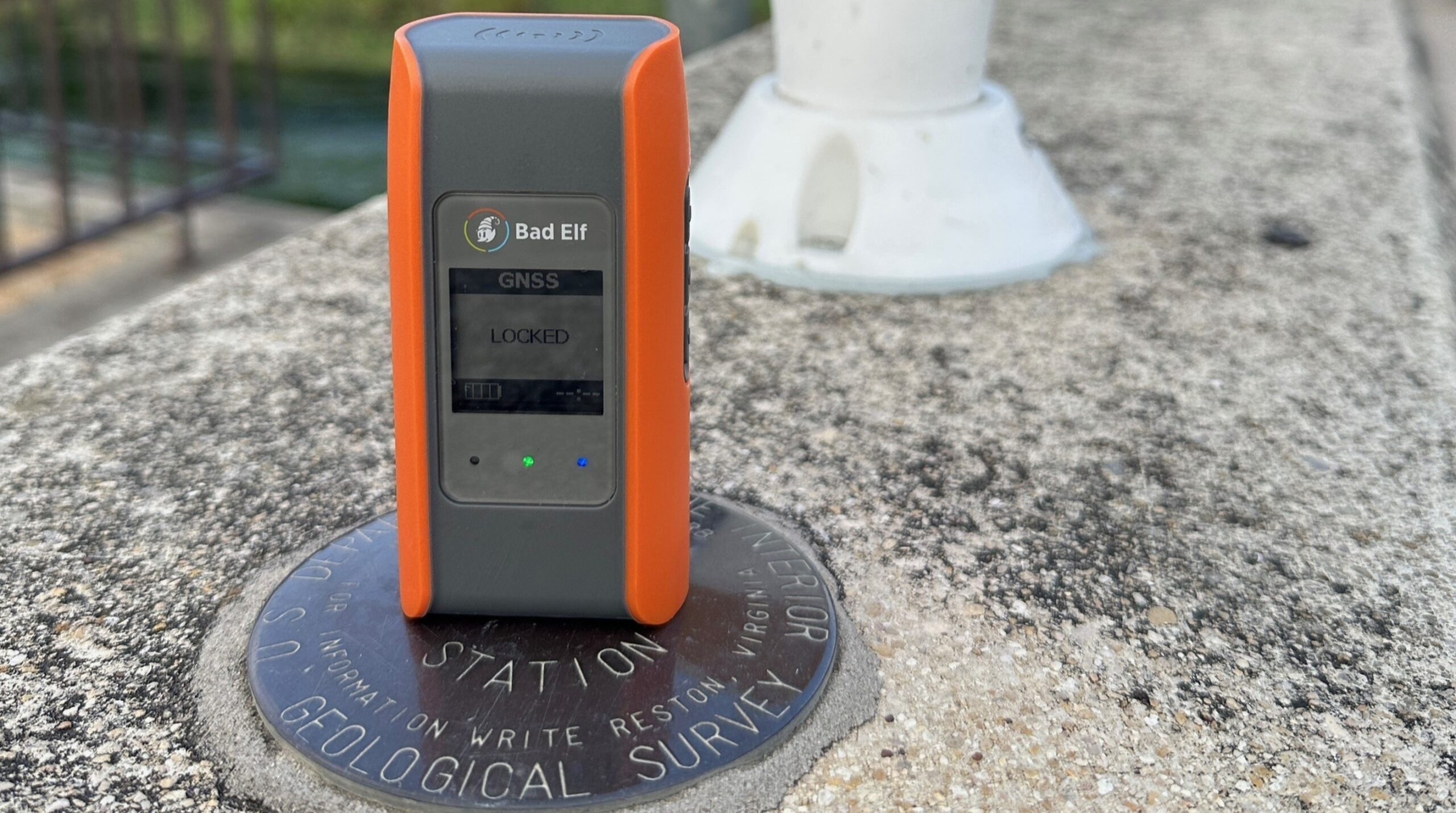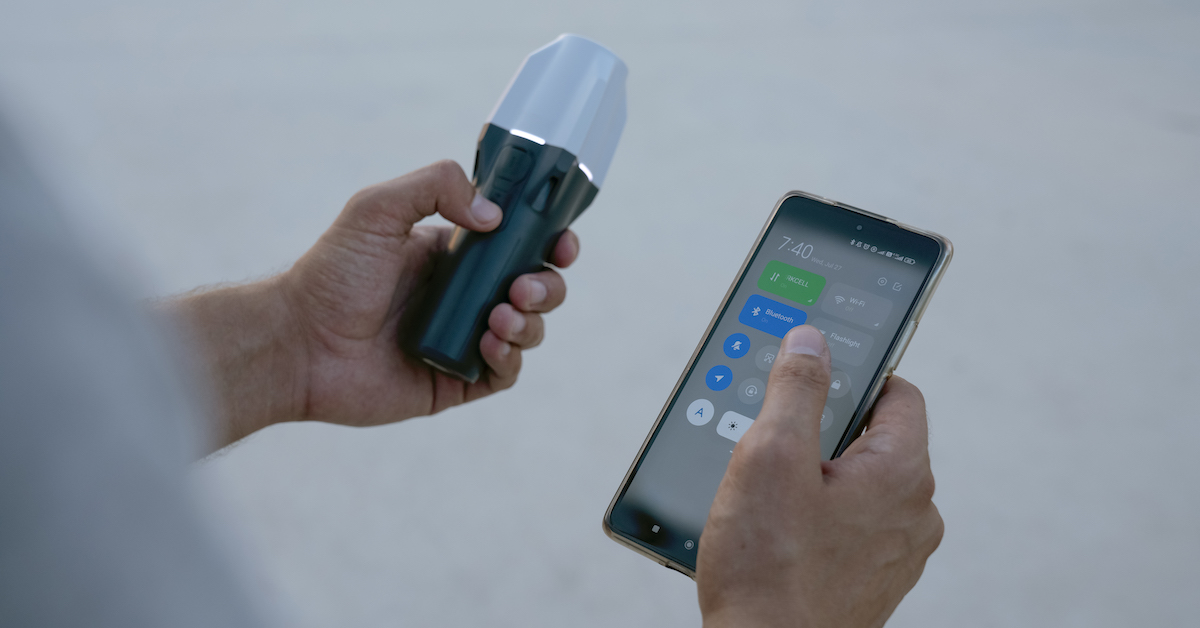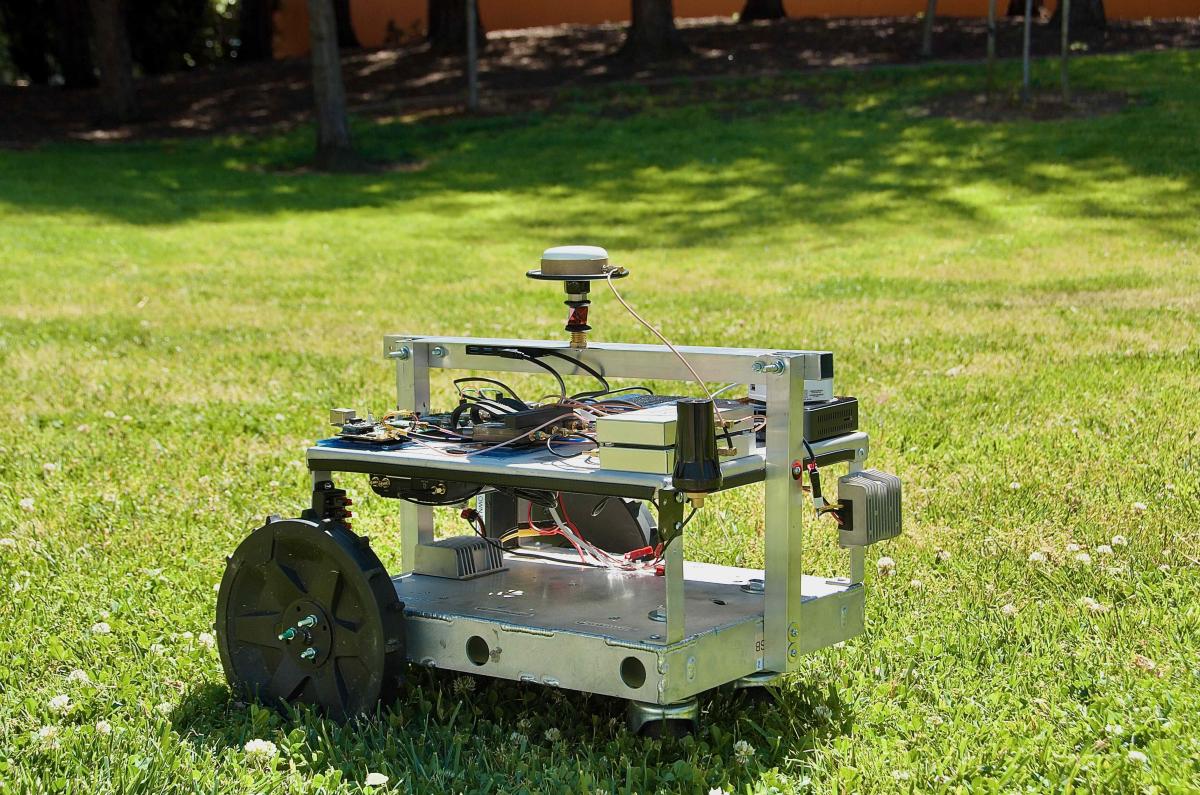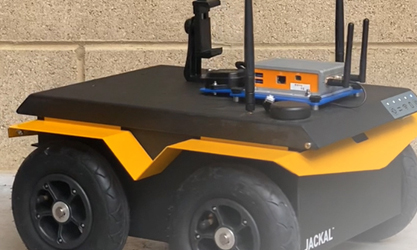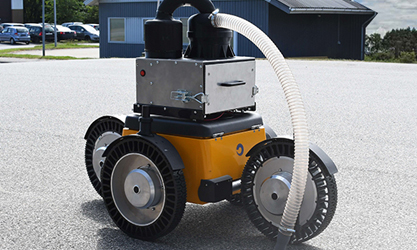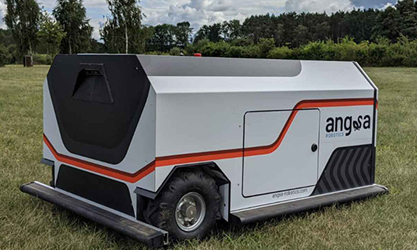What is Software-in-the-Loop Testing?
Software-in-the-Loop (SiL or SITL) Testing is a verification and validation method where software modules or entire systems are tested in a simulated environment, rather than on physical hardware. In this approach, the software under test is executed on a host computer, and its inputs and outputs are simulated or replayed using recorded or synthetic data. This allows for rapid, repeatable, and cost-effective testing of software functionality, integration, and performance before deploying to actual hardware.
At Swift Navigation, Software-in-the-Loop testing is a core part of the development and validation pipeline. It enables the team to validate the architectural design of the system as well as all functional interfaces between units or modules. SiL testing is used for regression testing, integration testing, and negative testing (such as fault or error injection), ensuring that the software behaves correctly under both nominal and adverse conditions. The SiL environment can replay real-world GNSS logs, inject faults, and run Monte Carlo simulations to assess system robustness and safety. This approach supports continuous integration by allowing automated, parallelized test execution in the cloud, providing rapid feedback to developers and ensuring high code quality before hardware-in-the-loop or field testing begins
Related Content
GNSS Basics

Devon Sharp

Marwan Ramadan

Marwan Ramadan

Devon Sharp

Devon Sharp

Marwan Ramadan

Devon Sharp

Marwan Ramadan
GIS

Devon Sharp

Devon Sharp
ROBOTICS

Emilee Pierce











